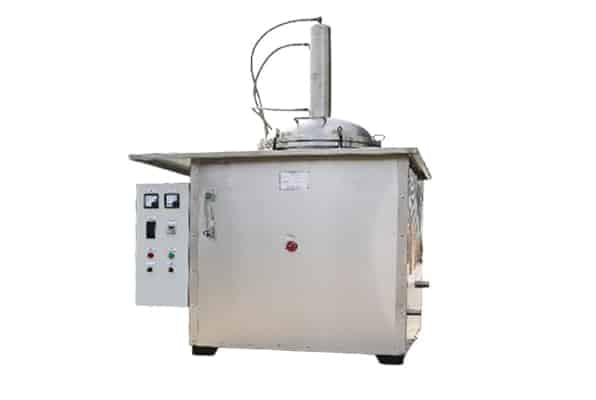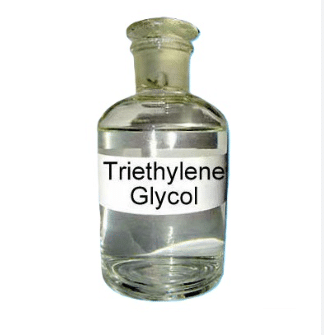1. Equipment Overview
The Triethylene Glycol Cleaning Oven (TEG Cleaning Oven)https://8ruiyan.com/en/all-vacuum-cleaning-furnaces/ is a high-efficiency industrial cleaning system specifically designed to remove polymer residues, grease, and carbon deposits from components such as spinnerets, filter screens, screws, and extruder dies. Its core cleaning medium, Triethylene Glycol (TEG), is widely used in the chemical fiber, plastics, and rubber industries due to its excellent solvency and thermal stability.

2. Physicochemical Properties of Triethylene Glycol (TEG)
Physical Properties
- Chemical Formula: C₆H₁₄O₄
- Boiling Point: 285°C (at atmospheric pressure)
- Melting Point: -7°C
- Density: 1.125 g/cm³ (at 20°C)
- Appearance: Colorless, viscous liquid with a slightly sweet odor
- Volatility: Low, but vaporizes at high temperatures
Chemical Properties
- Solubility:
- Miscible with water, alcohols, and ketones
- Effective at dissolving polymers such as PET, nylon (PA), and polypropylene (PP)
- Stability:
- Resistant to decomposition at high temperatures, allowing for solvent recycling
- Weak acidity, with low corrosivity to metals
- السلامة:
- Low toxicity (LD₅₀ ≈ 15 g/kg)
- Non-flammable (flash point ~165°C), safer than solvents like dichloromethane

3. Working Principle of the TEG Cleaning Oven
- Vaporization: TEG is heated to 280-300°C, producing high-temperature vapor.
- Dissolution & Removal: The vapor penetrates and dissolves contaminants (e.g., melted polymers, carbonized deposits).
- Condensation & Recovery: The vapor condenses upon contact with cooled components, carrying impurities back to the storage tank.
- Post-Cleaning: Residual TEG can be removed with alcohol or ultrasonic rinsing if necessary.
4. Key Advantages of TEG Cleaning Ovens
✔ Deep Cleaning: Effectively removes stubborn polymer residues that ultrasonic or mechanical cleaning cannot eliminate.
✔ Gentle Yet Efficient: No mechanical abrasion, protecting delicate parts like spinneret micro-holes and precision molds.
✔ Eco-Friendly & Cost-Effective: TEG is reusable, reducing waste disposal costs compared to organic solvents.
✔ Automated Operation: Programmable temperature control and timed cleaning minimize human error.
5. Potential Limitations
⚠ Time-Consuming: Each cycle takes 4-8 hours, making it unsuitable for urgent production needs.
⚠ High Initial Investment: More expensive than conventional cleaning systems (e.g., ultrasonic cleaners).
⚠ Post-Cleaning Requirements: Requires rinsing with alcohol or deionized water to prevent TEG residue buildup.
6. Typical Applications
- Chemical Fiber Industry: Spinneret and spinning component regeneration
- Plastics Extrusion: Screw, die, and filter screen cleaning
- Rubber Processing: Vulcanization mold descaling
- Optics/Electronics: Precision metal degreasing
Combining TEG’s superior physicochemical properties with intelligent design, TEG cleaning ovens offer unparalleled value in precision industrial cleaning. Despite longer cycle times, their exceptional cleaning performance, safety, and solvent recyclability make them the preferred solution for maintaining high-value components.
Interested in TEG cleaning parameters or equipment selection advice? Feel free to leave a comment! 🔧
📞 📞 📞
Whatsapp:86-19106101570
wechat:86-19106101570
email:nieyili@cnryan.com
